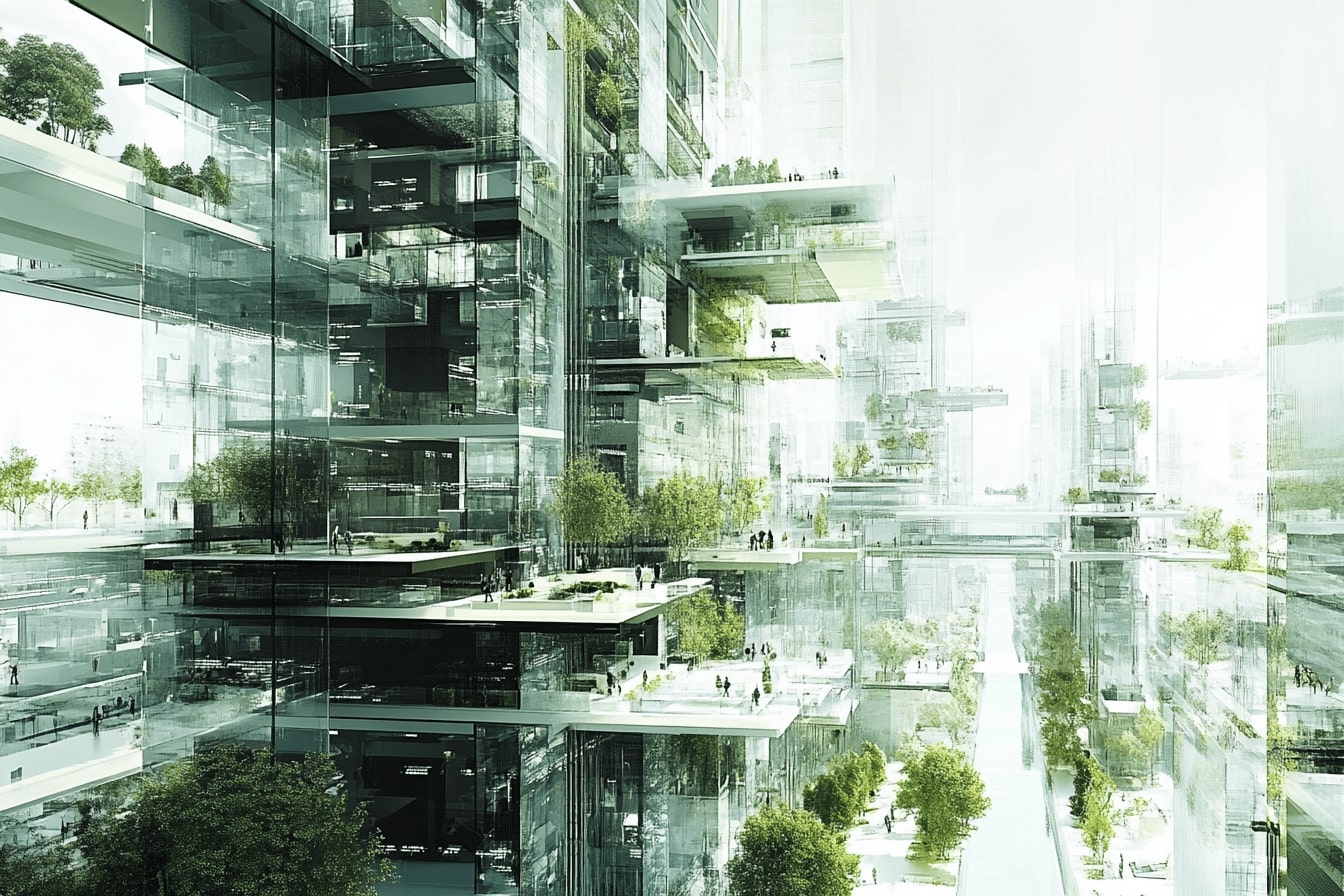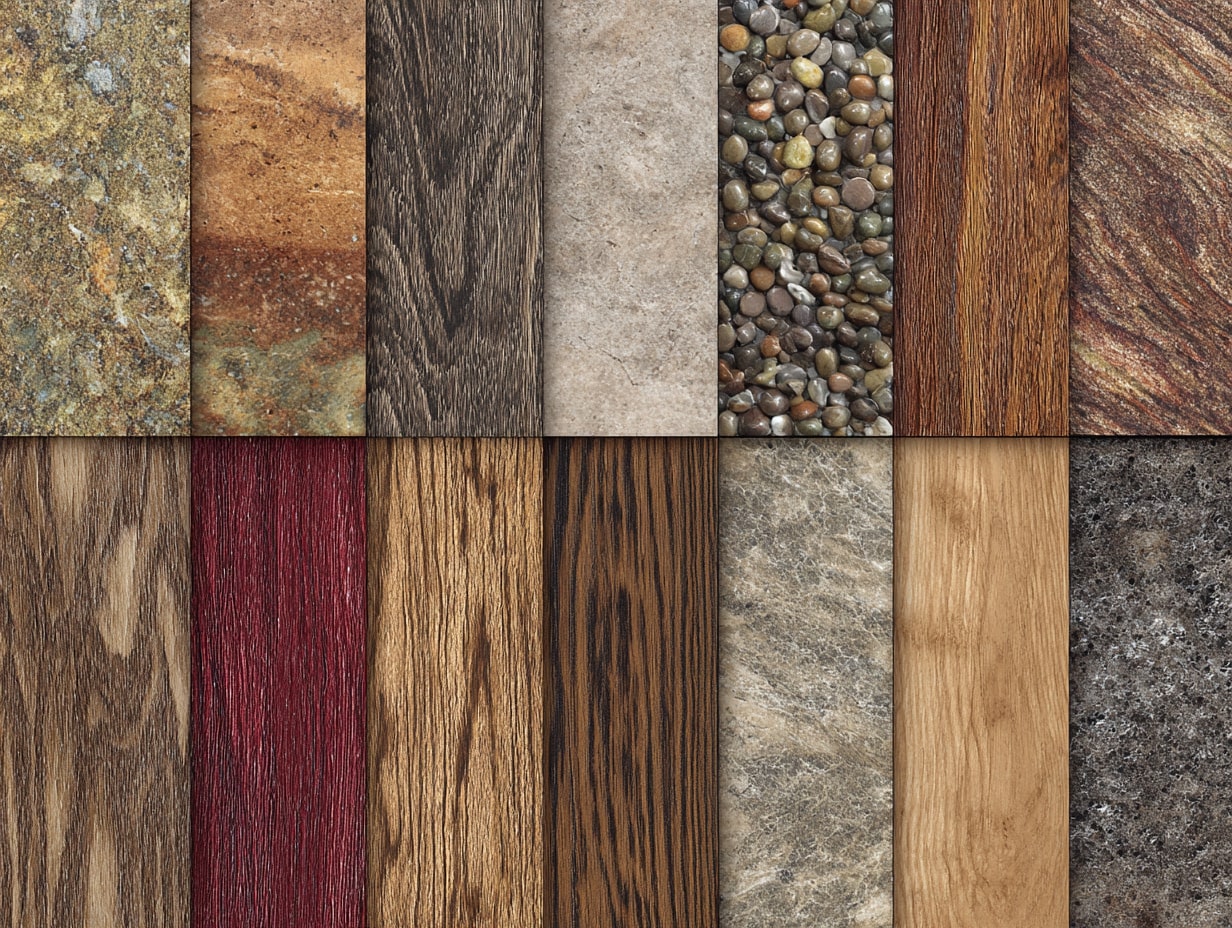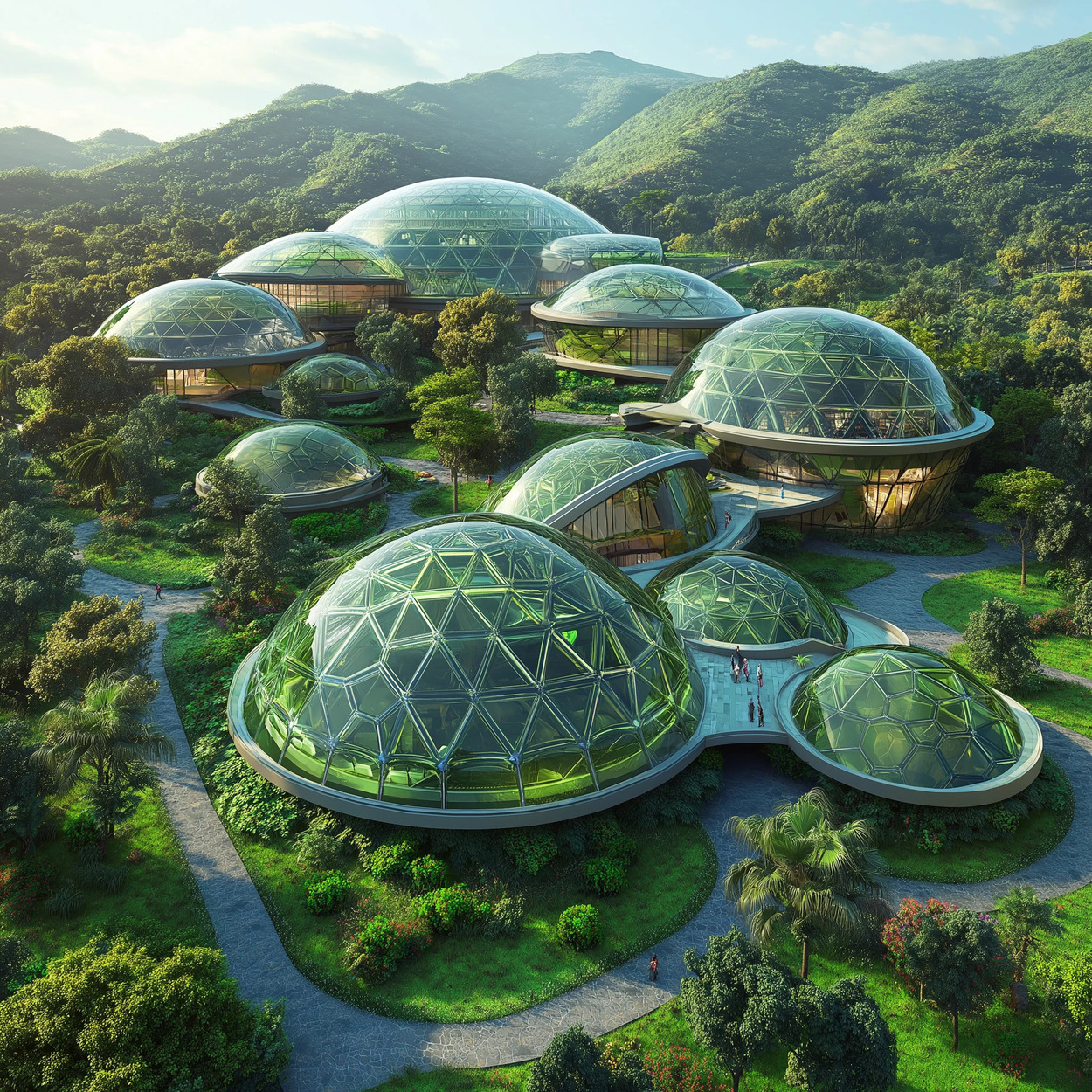- Home
- Articles
- Architectural Portfolio
- Architectral Presentation
- Inspirational Stories
- Architecture News
- Visualization
- BIM Industry
- Facade Design
- Parametric Design
- Career
- Landscape Architecture
- Construction
- Artificial Intelligence
- Sketching
- Design Softwares
- Diagrams
- Writing
- Architectural Tips
- Sustainability
- Courses
- Concept
- Technology
- History & Heritage
- Future of Architecture
- Guides & How-To
- Art & Culture
- Projects
- Interior Design
- Competitions
- Jobs
- Store
- Tools
- More
- Home
- Articles
- Architectural Portfolio
- Architectral Presentation
- Inspirational Stories
- Architecture News
- Visualization
- BIM Industry
- Facade Design
- Parametric Design
- Career
- Landscape Architecture
- Construction
- Artificial Intelligence
- Sketching
- Design Softwares
- Diagrams
- Writing
- Architectural Tips
- Sustainability
- Courses
- Concept
- Technology
- History & Heritage
- Future of Architecture
- Guides & How-To
- Art & Culture
- Projects
- Interior Design
- Competitions
- Jobs
- Store
- Tools
- More
Sustainable Future Architecture: Designing for a Greener Tomorrow

As we celebrate Earth Day, it’s the perfect moment to reflect on how sustainability can shape our future. One of the most impactful areas where we can make a difference is in architecture. Sustainable architecture isn’t just a trend; it’s a necessity for reducing carbon emissions and preserving our natural resources.
Today, architectural design is increasingly aligned with the principles of the circular economy, which emphasizes renewable resources and the reuse and recycling of materials. This approach ensures that we’re meeting the needs of the present without compromising the ability of future generations to meet theirs. Sustainable architecture holds the key to building a brighter, greener future for all of us.
Table of Contents
ToggleUnderstanding Sustainable Future Architecture
Sustainable future architecture integrates environmental considerations into every stage of design and construction. It’s crucial to create structures that minimize ecological impacts while maximizing functionality and aesthetics.
Essential Characteristics of Sustainable Design
Sustainable designs prioritize resource efficiency, reducing energy and water usage through technologies like solar panels and rainwater harvesting systems. Utilizing locally sourced, recycled, and biodegradable materials helps lower environmental footprints. Designs must also ensure indoor environmental quality, providing enhanced ventilation and natural lighting to improve occupants’ health. Flexible and adaptable spaces facilitate future reconfigurations, prolonging building lifespans and reducing the need for new constructions.
Modern Trends in Sustainable Architecture
New Urbanism promotes walkable, mixed-use neighborhoods that reduce vehicle dependency and foster community interaction. New Classical architecture merges traditional aesthetics with modern technology, creating timeless and energy-efficient structures. Complementary architecture focuses on blending new buildings with existing surroundings, minimizing visual and environmental disruption. Emerging technologies like Building Information Modeling (BIM) and green roofs also play critical roles in enhancing sustainability, providing detailed analysis and reducing heat islands, respectively.

The Impact of Sustainable Architecture
Sustainable architecture is transforming the construction industry by integrating eco-friendly designs and operation principles. This approach significantly benefits the environment, society, and economy.
Environmental and Social Benefits
Sustainable architecture drastically reduces greenhouse gas emissions, addressing the building sector’s significant contribution to climate change. According to the US Green Building Council, buildings account for roughly 40% of global emissions. By implementing energy-efficient designs and using renewable energy sources, sustainable architecture can lower these emissions.
Resource conservation is another critical aspect. By 2050, the world’s population is projected to reach 9.7 billion, increasing strain on natural resources. Sustainable buildings promote efficient use of materials and energy, reducing overall resource consumption.
Healthy indoor environments are a focal point of sustainable designs. Poor indoor air quality and lack of natural lighting can harm occupant health. Sustainable buildings use non-toxic materials and incorporate ample natural light, benefiting the well-being of occupants.
Economic Advantages of Green Design
Sustainable architecture presents substantial economic advantages. Financial incentives are in place to support eco-friendly designs. The Inflation Reduction Act offers commercial buildings $2.50 to $5 per square foot for efficiency upgrades meeting specific criteria.
Job creation is another significant economic impact. Green building projects generate employment opportunities in construction and related industries. Local economies benefit from increased demand for sustainable materials and services.
Property values can also rise with sustainable buildings. Energy-efficient and environmentally friendly properties often attract higher market values. Building owners can see long-term savings through reduced operating costs from lower energy and water use.
Sustainable architecture is not only a moral imperative but also a practical one, offering a pathway to environmental preservation, health improvements, and economic gains.

Strategies for Implementing Sustainable Architectural Practices
Implementing sustainable architectural practices ensures our buildings minimize environmental impacts while promoting human well-being. Effective strategies include incorporating renewable energy solutions, sustainable building materials, and designs that foster healthy communities.
Incorporating Renewable Energy Solutions
Renewable energy solutions significantly reduce the carbon footprint of buildings. Solar panels, wind turbines, and geothermal heating systems provide clean, renewable power. For example, solar panels convert sunlight into electricity, reducing dependence on fossil fuels. Wind turbines harness wind energy, suitable for areas with consistent wind patterns. Geothermal systems use the Earth’s natural heat to regulate building temperatures efficiently. Each solution contributes to sustainability by utilizing readily available energy sources.
Sustainable Use of Building Materials
Choosing sustainable building materials minimizes resource depletion and environmental degradation. Recycled materials, such as plastic and coffee husks, are gaining traction in construction. For example, companies like Woodpecker in Bogota, Colombia, create building materials from these waste products. Additionally, using mycelium, the root structure of mushrooms, offers a biodegradable alternative to traditional materials, as seen in the Dutch Growing Pavilion. Furthermore, opting for wood reduces emissions throughout a building’s lifecycle and stores carbon, supporting sustainable urban environments.
Designs that Promote Healthy Communities
Architectural designs that promote healthy communities enhance overall well-being. Incorporating green spaces, such as parks and gardens, improves air quality and provides recreational areas. Consider CopenHill in Copenhagen, a combination of a waste-to-energy plant and a recreational space for skiing, snowboarding, and hiking, demonstrating how urban spaces can support physical activities and social interaction. Additionally, buildings with ample natural light and ventilation reduce dependency on artificial lighting and HVAC systems, creating healthier indoor environments. By prioritizing community-oriented designs, we not only create sustainable structures but also foster a higher quality of life.

Global Examples of Sustainable Architecture
Sustainable architecture continues to reshape our built environment across the globe, showcasing unique design solutions that address ecological challenges.
Innovations in Urban Planning
Urban planning integrates sustainability through innovative designs that enhance the quality of urban life. The Clean Energy DC Building Code Amendment Act of 2022 exemplifies these efforts with its dynamic regulations and expansions to stimulate green technology markets, offering funding options that increase the adoption of sustainable practices. By mandating sustainability audits every three years, commercial companies gain crucial data leading to continuous improvement.
Venice’s intricate urban landscape features projects from renowned architects like Stanford Anderson, Henry Millon, and Kenneth Frampton, who emphasize the revitalization of historic structures using sustainable methods. In Brussels, Hé Architectuur rescues and revitalizes existing buildings with renewable raw materials, exemplified by their Karper project which harmoniously blends modern design with historic elements.
Landmark Green Buildings Around the World
Iconic green buildings set new benchmarks in sustainable architecture. One Central Park in Sydney boasts 250 species of Australian plants, creating striking vertical gardens that enhance the building’s microclimate. This innovative project merges urban living with nature, offering stunning aesthetics and environmental benefits.
CopenHill in Copenhagen combines a waste-to-energy plant with a recreational area for activities like skiing and climbing. This dual-purpose structure provides green energy for thousands of households and heating systems, underscoring the potential of multifunctional sustainable designs.
The Bahrain World Trade Center, with its sail-shaped towers and integrated wind turbines, harnesses wind energy to power 11-15% of the building’s needs. Reflective pools at the base contribute to cooling, demonstrating how traditional cultural elements can blend with modern sustainability practices.
Timber House in Chislehurst, Kent, transformed by Gbolade Design Studio, uses sustainable materials like timber to reduce carbon footprints while maintaining modern style. The use of wood, a renewable resource, aligns this project with principles of sustainable architecture.
These examples illustrate how innovative urban planning and landmark green buildings contribute to a more sustainable future, merging functionality with environmental responsibility and setting new standards for global architectural practices.

Challenges and Considerations in Sustainable Architecture
Sustainable architecture entails various challenges and considerations essential for minimizing environmental harm while ensuring practicality and cost-effectiveness.
Addressing the Energy Consumption Challenge
Energy consumption represents a significant hurdle in sustainable architecture. Construction and operation of buildings contribute to 36% of global energy use (International Energy Agency). We must prioritize integrating energy-efficient systems and renewable energy sources. Solar panels, wind turbines, and geothermal heating exemplify renewable technologies reducing dependency on fossil fuels. Passive solar design leverages natural light and heat to decrease energy needs. Advanced insulation materials and high-performance windows create energy-efficient building envelopes, which maintain indoor temperature with minimal energy input.
Overcoming Barriers to Sustainable Construction
Cost and market constraints are primary barriers to sustainable construction. Initial investments in green technologies and materials often deter adoption. Financial incentives, such as the Inflation Reduction Act offering $2.50 to $5 per square foot for qualifying improvements, can help offset these costs. Regulatory challenges, like meeting stringent building codes, can deter sustainable practices. Policies such as The Clean Energy DC Building Code Amendment Act of 2022, which expands permissible uses of funds for green technology, support compliance through financial aid. Lack of awareness also hampers progress. Educational initiatives and mandated sustainability audits, required every three years for commercial buildings, enhance knowledge and transparency, promoting informed decision-making and accountability.
Conclusion
Architecture holds the power to shape our world and leave an indelible mark on the spaces we inhabit. A transformative wave of sustainability is sweeping through the architectural landscape, redefining how we build for the future. Sustainable architecture is a beacon of hope, conserving precious resources, mitigating climate change, and fostering a holistic approach that transcends individual structures to encompass entire communities and cities.
Incentives like the Inflation Reduction Act (IRA) institute financial rewards for green architecture. Commercial buildings can receive $2.50 to $5 per square foot for efficiency improvements that meet specific thresholds. This legislation encourages the adoption of sustainable design practices by providing tangible economic benefits.
Policies promoting the disclosure and education of available technologies enhance green architecture rates. Without awareness of options and their potential benefits, widespread implementation of these technologies remains unattainable. Sharing information empowers communities to make informed decisions that drive the adoption of sustainable practices.
Energy-efficient systems, renewable energy sources, and passive solar design significantly reduce energy consumption, aiding in the quest for a sustainable future. Reducing air leakage, duct leakage, and improving building envelope performance are critical for achieving energy efficiency.
Our commitment to a sustainable future involves crafting spaces that inspire awe and contribute to our collective pursuit of sustainability. We aim to integrate eco-friendly designs and principles into our architectural practices, reducing greenhouse gas emissions and promoting resource conservation while enhancing indoor environments.
Financial incentives, robust policies, and informed decision-making are pivotal in overcoming barriers to sustainable construction. Transparent regulations and educational initiatives play a crucial role in promoting accountability and the widespread adoption of sustainable architectural practices.
- architects for sustainable homes
- bioclimatic architecture design
- eco sustainable architecture
- eco-friendly architectural design
- energy-efficient architectural design
- environmentally friendly architecture
- green architecture companies
- green architecture principles
- green building consultants
- green roof architects
- natural building architects
- solar architecture design
- Sustainable architecture firms
- sustainable building design
- sustainable design architecture
- sustainable urban design
- zero energy building design
Submit your architectural projects
Follow these steps for submission your project. Submission FormLatest Posts
Green Architecture Explained: Designing for a Resilient Tomorrow
Green architecture explained through resilience: practical ways to cut carbon, improve health,...
Top Sustainable Surface Materials Every Designer Should Know
Explore sustainable surface materials with a designer-ready scorecard: carbon, toxins, durability, circularity,...
Eco-Friendly Floor Coverings: Smart Choices for a Greener Home
Eco-friendly floor coverings made simple: discover sustainable materials, trusted certifications, and room-by-room...
What are Biodomes?
Biodomes are transforming architecture by blending ecological science with advanced design to...











Leave a comment